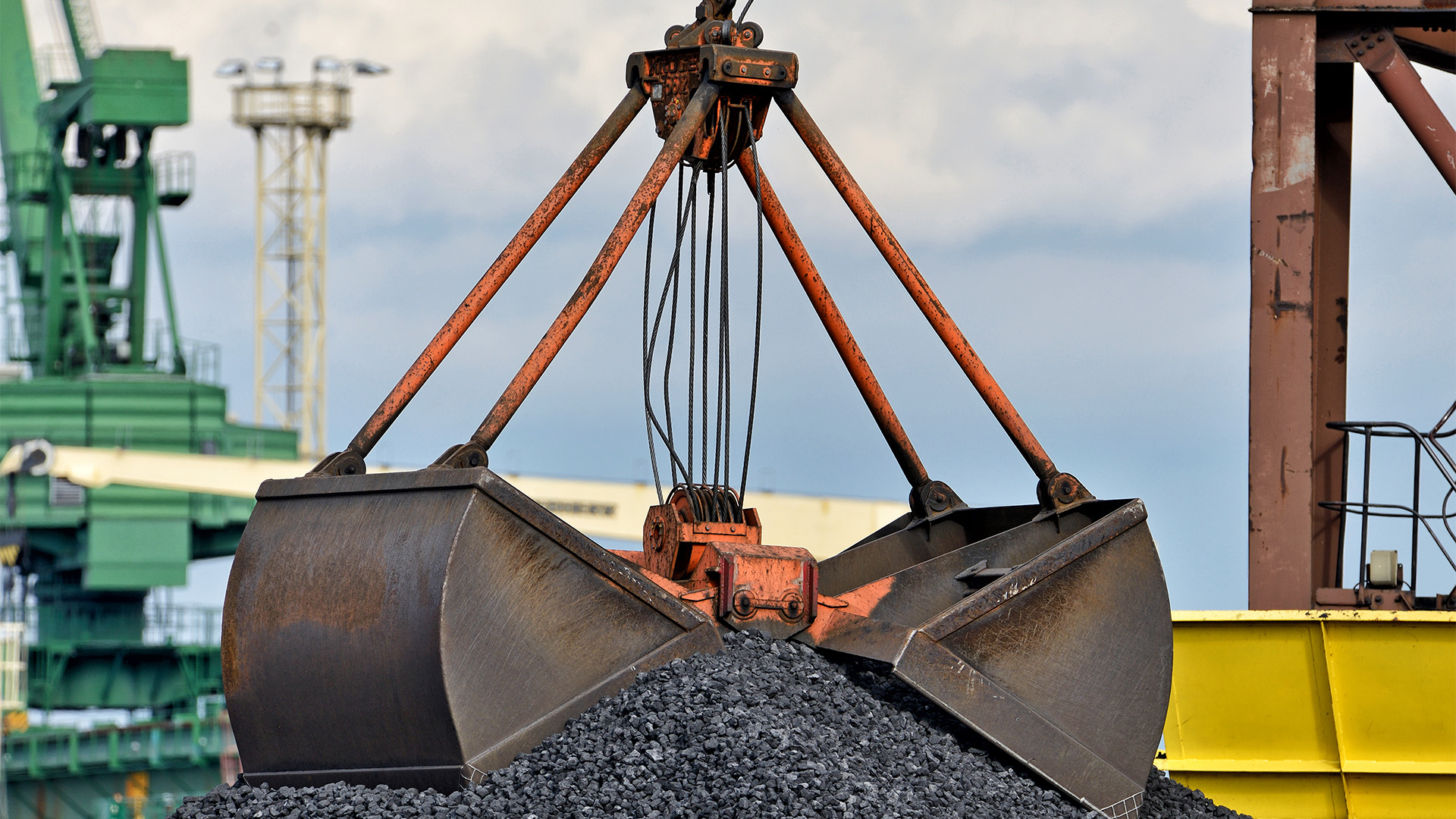While iron ore prices bounced back last week from their multi-month lows the week before, Australian coking coal pricing took a real hammering on the SGX commodities platform in Singapore.
The front month for 62% fines jumped to $US108.50 by Friday, recovering from the previous Friday’s close of $US99.51 a tonne – an 8 month low. Friday’s close was the highest for 10 days.
The rise was clipped by news of another big rise in Chinese portside iron ore stocks for the 12th week in a row – the figure is now more than 143 million tonnes or equal to around six weeks of imports.
The rise in stocks came despite a small improvement in capacity utilisation by most Chinese blast furances last week.
But the bigger problem for Australia (and especially coking coal exports like BHP, Glencore, Whitehaven and New Hope, as well as Yancoal) has been the way the key SGX May futures price for premium Australian coking coal tumbled by $US38 a tonne or a very nasty 13% over the past week.
While current month (March) price of $US276 a tonne was down more than 4% in the past week, the May futures price saw a biggest slide.
In fact the May contract didn’t trade on Friday and Thursday’s close of $US246 a tonne was the lowest for more than a year.
The weakness is linked to the demand for coal from Chinese steel mills but demand from the main buyers in Japan, Taiwan and South Korea is also weak.
China is not expected to increase coal imports in 2024, because concerns about oversupply in the market. China’s coal mining association said last week it expects total production this year will rise by a whole 36 millions tonnes.
When you produce more than 4.6 billion tonnes a year, as China does, that’s a rounding error.
China mined 705.27 million metric tons of coal in the first two months of the year, down from 734.23 million a year earlier and imports rose sharply in the first two months of the year.
Shanxi, China's leading coal-producing province, is implementing new safety and production policies to stabilise output and prevent overproduction and has forecast a drop of up to 40 million tonnes in output this year as a result.
China's coal output is expected to increase 36 million metric tons, or 0.8%, to about 4.7 billion tonnes in 2024, a Chinese coal industry group said on Wednesday, slower than last year's 2.9% growth.
The projection comes on the back of record output in 2023, when the world's largest coal consumer mined 4.66 billion tons of the polluting fossil fuel.
The China Coal Transportation and Distribution Association (CCTD) expects domestic coal prices to decline at an accelerated pace, partly due to weakness in its real estate markets, said Feng Huamin, senior analyst at CCTD's research department.
Feng pointed to government orders to suspend infrastructure projects in some heavily indebted provinces as one of the key reasons for the pressure on prices.
Declines in property investment and sales in China have slowed amid government efforts to arrest a protracted downturn in the sector, but analysts were wary of calling an end to the pain in the fragile housing markets just yet.
Output from non-fossil sources will add to pressure on thermal output this year, with power output expected to grow in line with its 5% economic growth forecast, Feng said.
"A large portion of forecasting institutions believe that hydropower generation will see clear improvement this year," Feng said, adding that higher solar and wind installations could help address about 70% of the expected growth in power demand.
Drought-like conditions in key generating regions resulted in China headlining an alarming decline in hydroelectricity output in Asia last year, as its output plunged at the steepest pace in decades.
Some miners have paused production for longer after the Lunar New Year break, sources familiar with the matter said. Feng said a few mines are already at risk of hitting their storage limits due to high inventory levels.
Separately, the top coal producing hub of Shanxi is expected to cut output by 40 million tons this year, partly due to a slew of accidents in the recent past, Feng said.
Shanxi saw mine accident-related deaths surge over 50% in 2023, pushing the mining safety regulator to issue a notice last month asking mines to curb overproduction to prevent accidents.
However, power use by industries during the first two months of 2024 grew at a surprisingly high 9.7%, Feng said, a trend which could push stockpiles lower if it continues.














